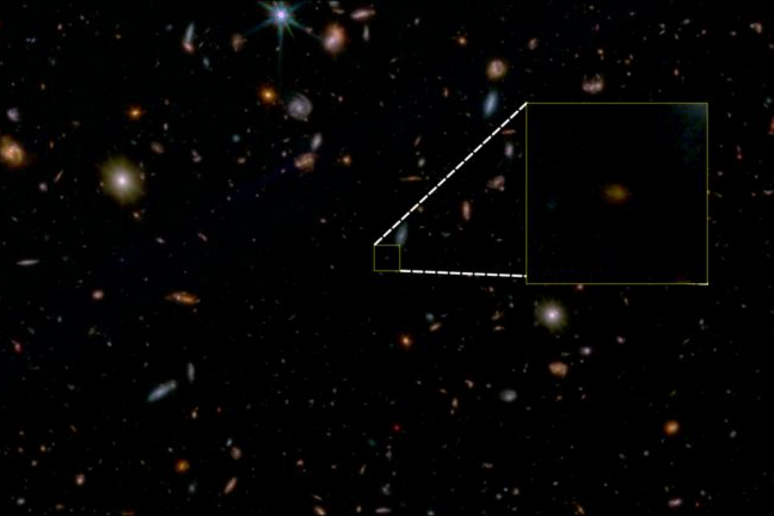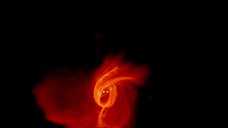Scientists have discovered a galaxy that stopped forming new stars more than 13 billion years ago, making it the oldest 'dead' galaxy ever seen.
The discovery using the James Webb Space Telescope could change our knowledge of the early universe.
The research has been conducted by an international team led by Tobias Looser of the Kavli Institute of the University of Cambridge, and also including Italian Stefano Carniani of the Scuola Normale Superiore di Pisa, and is published in Nature.
"Galaxies need a rich supply of gas to form new stars, and the early universe was like a rich buffet," Looser said.
However, according to data from the Webb telescope, the ancient galaxy was short-lived, producing stars for between 30 and 90 million years and then stopping.
There are several possible reasons for this, but the most probable is the presence of a large black hole that drew most of the interstellar gas into itself, removing the raw material needed to form new stars.
Usually this occurs in more recent eras, while the newly discovered galaxy dates to just 700 million years after the Big Bang.
"Now that we can see much further back in time and observe that star formation died out so quickly in this galaxy, the models may need to be revised," said Roberto Maiolino of the Kavli Institute and co-author of the study.
Riproduzione riservata © Copyright ANSA













